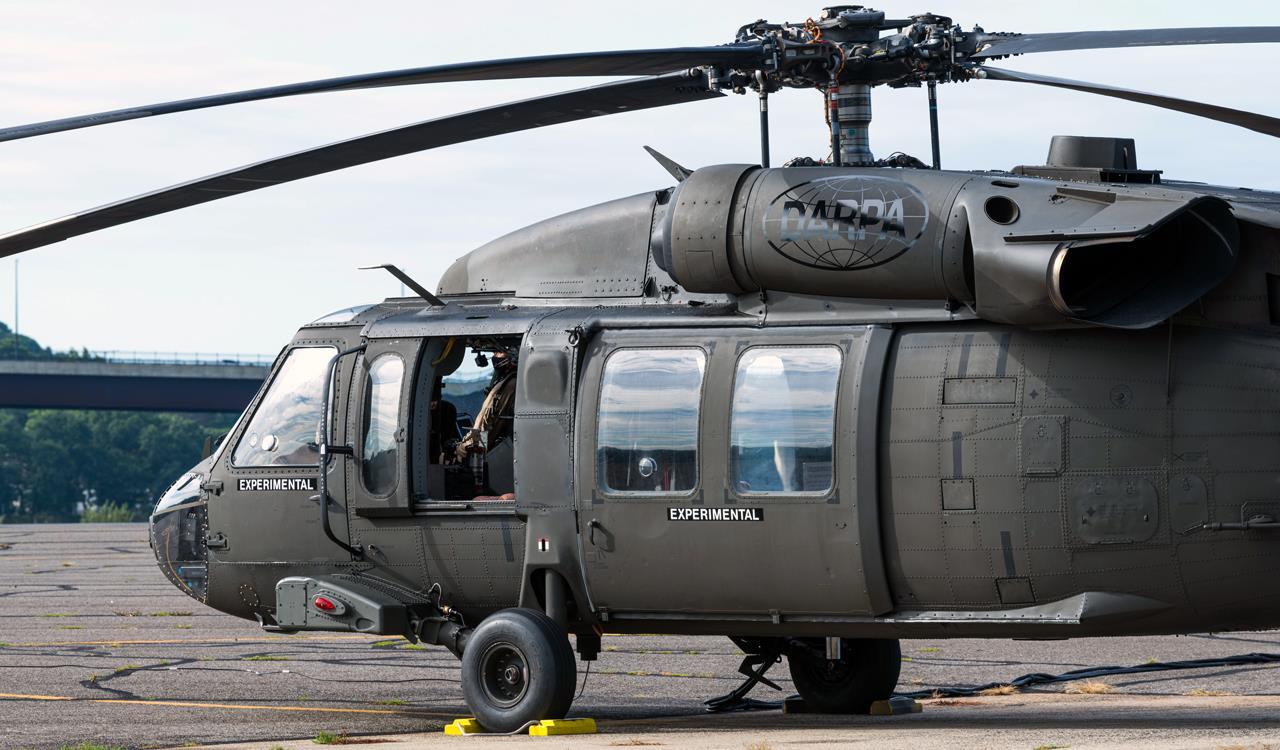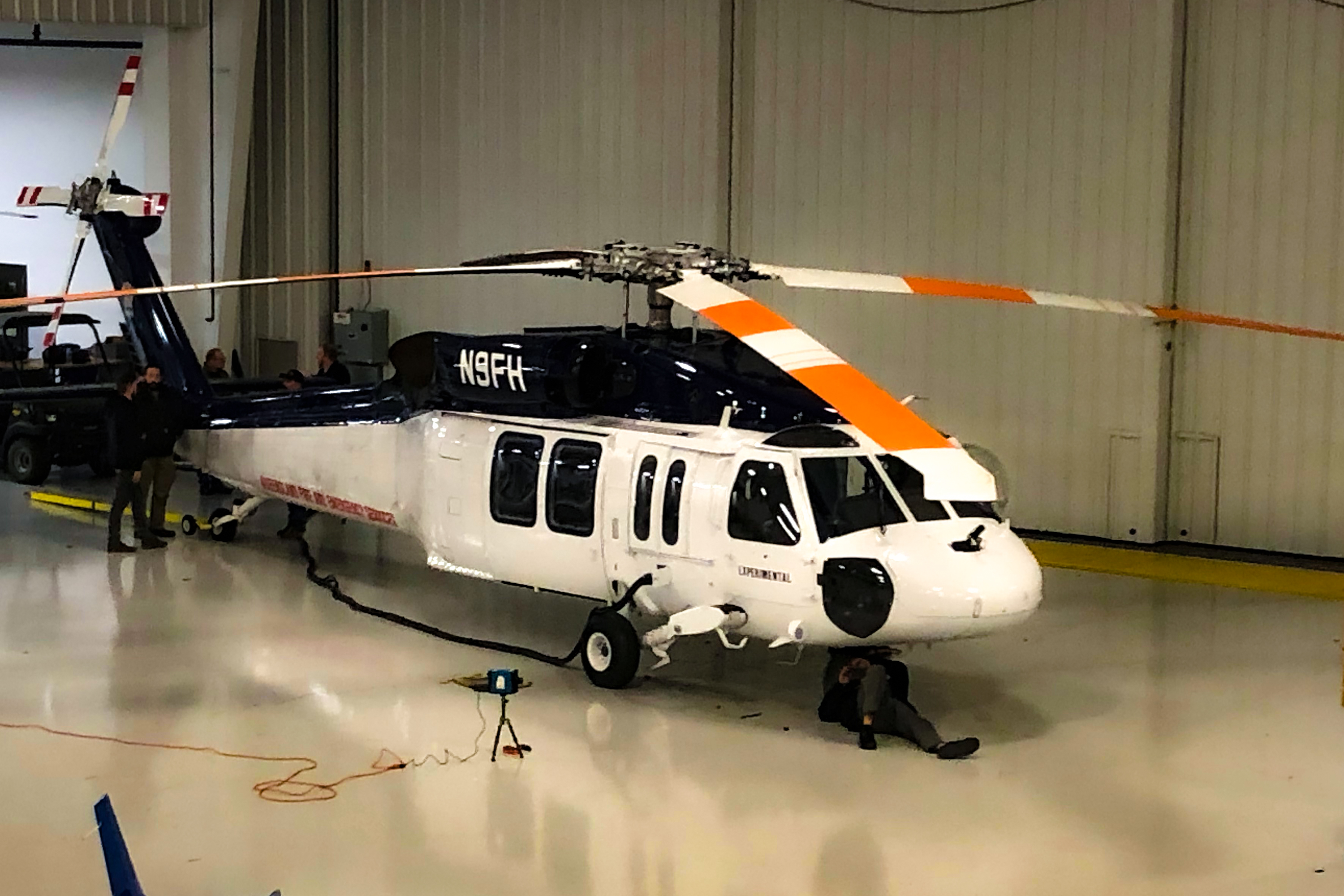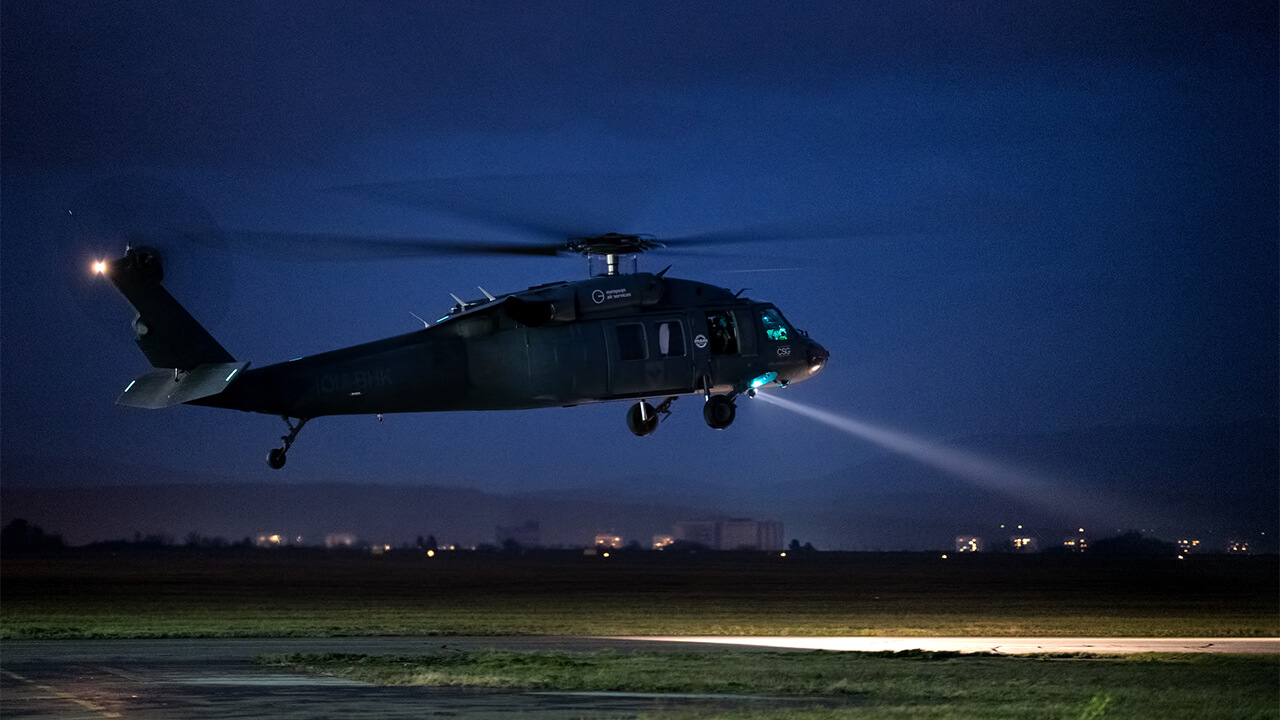Exploring the Background and Advancement of the UH 60 Helicopter

Beginnings of the UH-60
The origins of the UH-60 helicopter can be mapped back to the late 1960s, a duration noted by the demand for a versatile utility airplane that could adapt to the developing demands of contemporary warfare. The U.S. Army recognized the necessity for a replacement for the older UH-1 Iroquois, which was becoming increasingly inadequate for the complexities of contemporary combat scenarios. In 1967, the Military initiated the Utility Tactical Transportation Airplane System (UTTAS) program, which looked for to establish a multi-role helicopter efficient in different objectives, including troop transportation, clinical emptying, and logistical support.
The style competition attracted numerous aerospace suppliers, yet it was Sikorsky Aircraft Firm that eventually safeguarded the agreement in 1972. The UH-60 Black Hawk was presented, showcasing ingenious layout components and progressed innovation that set it aside from its predecessors. Its initial trip happened in 1974, and the aircraft was formally embraced by the Army in 1979. The UH-60 promptly obtained recognition for its robust efficiency, dependability, and adaptability, leading the way for its considerable usage in armed forces procedures and strengthening its status as a keystone of U.S. Army aeronautics.
Secret Design Functions
Innovative style attributes of the UH-60 Black Hawk substantially add to its operational performance. One of the most noteworthy facets is its twin-engine setup, which enhances dependability and provides a higher power-to-weight proportion, making it possible for the helicopter to carry out under numerous problems. The aircraft's four-blade primary blades system offers enhanced lift and ability to move, important for tactical objectives.

In addition, the cockpit is created for optimal presence and functional designs, featuring advanced avionics that enhance pilot operations. The modular style of the UH-60 allows for simple upkeep and versatility, making it ideal for various goal profiles, from troop transportation to medevac operations. These crucial layout functions make certain that the UH-60 Black Hawk remains a functional and trustworthy property in armed forces air travel, efficient in meeting the demands of modern warfare.
Technical Advancements
Recent technological improvements in the UH-60 Black Hawk have actually considerably boosted its operational capabilities and adaptability. The integration of advanced avionics, such as digital trip control systems and boosted situational awareness screens, enables pilots to run with increased precision and effectiveness. These systems promote boosted navigation, communication, and data sharing, allowing the helicopter to operate properly in diverse environments.
Furthermore, the introduction of composite materials has minimized the total weight of the airplane while maintaining structural integrity. This reduction enhances fuel efficiency and extends operational variety. The consolidation of innovative blades modern technology, consisting of making use of four-blade, fully articulated blades systems, has actually boosted lift efficiency and ability to move, enabling for much better handling in different flight conditions.

Furthermore, developments in propulsion systems, such as the T700-GE-701D engines, have increased power result and integrity - uh 60. These engines add to premium efficiency in hot-weather and high-altitude problems
Finally, the combination of self-defense systems and boosted sensing unit bundles enhances the Black Hawk's survivability and goal efficiency. Collectively, these technological renovations make sure that the UH-60 Black Hawk stays a vital property in contemporary aviation, efficient in adjusting to the developing needs of armed forces and humanitarian missions.
Duty in Military Procedures
As the backbone of united state Army aviation, the UH-60 helicopter plays an essential role in different military procedures, working as a versatile system for combat support, transportation, and medevac objectives - uh 60. Its design integrates the capability to run in diverse atmospheres, making it important for army movement and logistical assistance in both conventional and unique warfare

In clinical discharge situations, the UH-60 has proven vital, substantially minimizing the time to transfer wounded soldiers from the combat zone to clinical facilities. Its sophisticated avionics and evening vision abilities further ensure goal success under difficult problems. In general, the UH-60 helicopter continues to be a crucial possession, continuously adjusting to meet the progressing needs of armed forces procedures and improving the effectiveness of united state forces worldwide.
Future of the UH-60
Looking in advance, the future of the UH-60 helicopter includes substantial improvements in technology and abilities designed to improve its functional efficiency. As army operations evolve, Homepage the UH-60 is expected to include innovative technologies, including boosted avionics, enhanced weapons systems, and progressed communication tools. These improvements will enable better situational awareness and published here objective flexibility, guaranteeing that the UH-60 continues to be a vital possession on the combat zone.
One noteworthy advancement is the assimilation of fly-by-wire systems, which will certainly improve flight control accuracy and lower pilot workload. Initiatives to upgrade the airframe and engines aim to increase speed, array, and payload capacity, thus broadening the helicopter's functional scope.
The future also holds promise for enhanced interoperability with unmanned airborne systems (UAS), making it possible for coordinated missions that take advantage of both manned and unmanned capabilities. Furthermore, the incorporation of artificial intelligence and artificial intelligence could enhance trip dynamics and maintenance processes, bring about minimized functional costs.
Final Thought
The UH-60 Black Hawk helicopter represents a considerable achievement in army aviation, progressing from the united state Army's preliminary requirements for a flexible utility aircraft. Its innovative design attributes and continuous technical innovations have actually ensured its importance in different army operations over the years. As the demands of modern warfare change, the future of the UH-60 will likely involve more improvements and adjustments, strengthening its standing as an essential property for armed pressures worldwide.
The UH-60 Black Hawk helicopter stands for a significant turning point in army air travel, arising from the U.S. Military's pursuit for a more reliable and flexible energy aircraft in the late 20th century.The beginnings of the UH-60 helicopter can be traced back to the late 1960s, a period noted by the requirement why not look here for a versatile utility airplane that might adjust to the developing demands of contemporary war. In general, the UH-60 helicopter stays an important possession, constantly adjusting to fulfill the advancing demands of military operations and enhancing the performance of U.S. pressures worldwide.
Looking ahead, the future of the UH-60 helicopter entails significant advancements in technology and capacities developed to improve its operational effectiveness.The UH-60 Black Hawk helicopter represents a significant achievement in military aviation, developing from the United state Army's first requirements for a versatile utility aircraft.
Comments on “UH 60: A Reliable Helicopter for Search and Rescue, Transport, and Combat Operations”